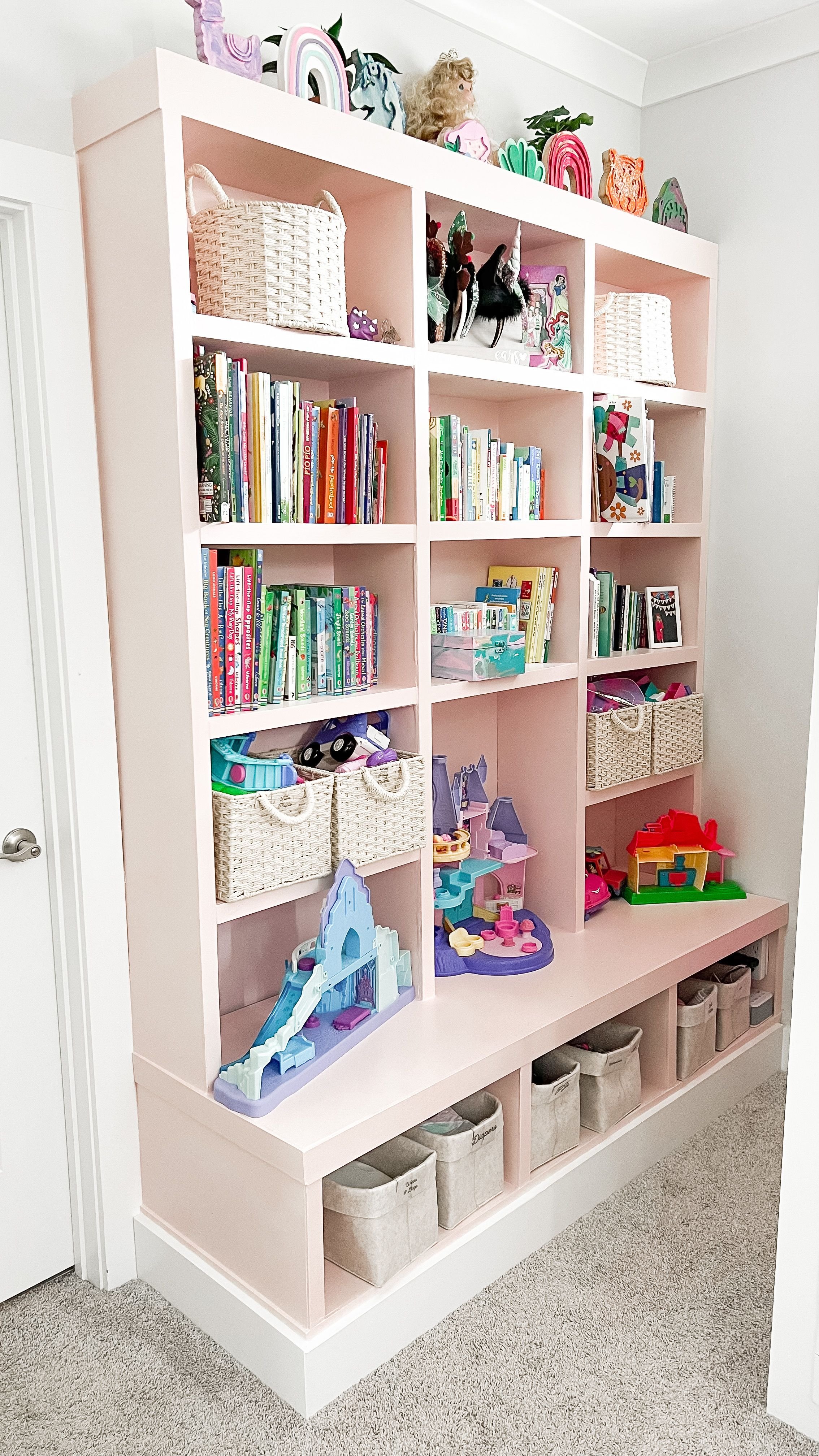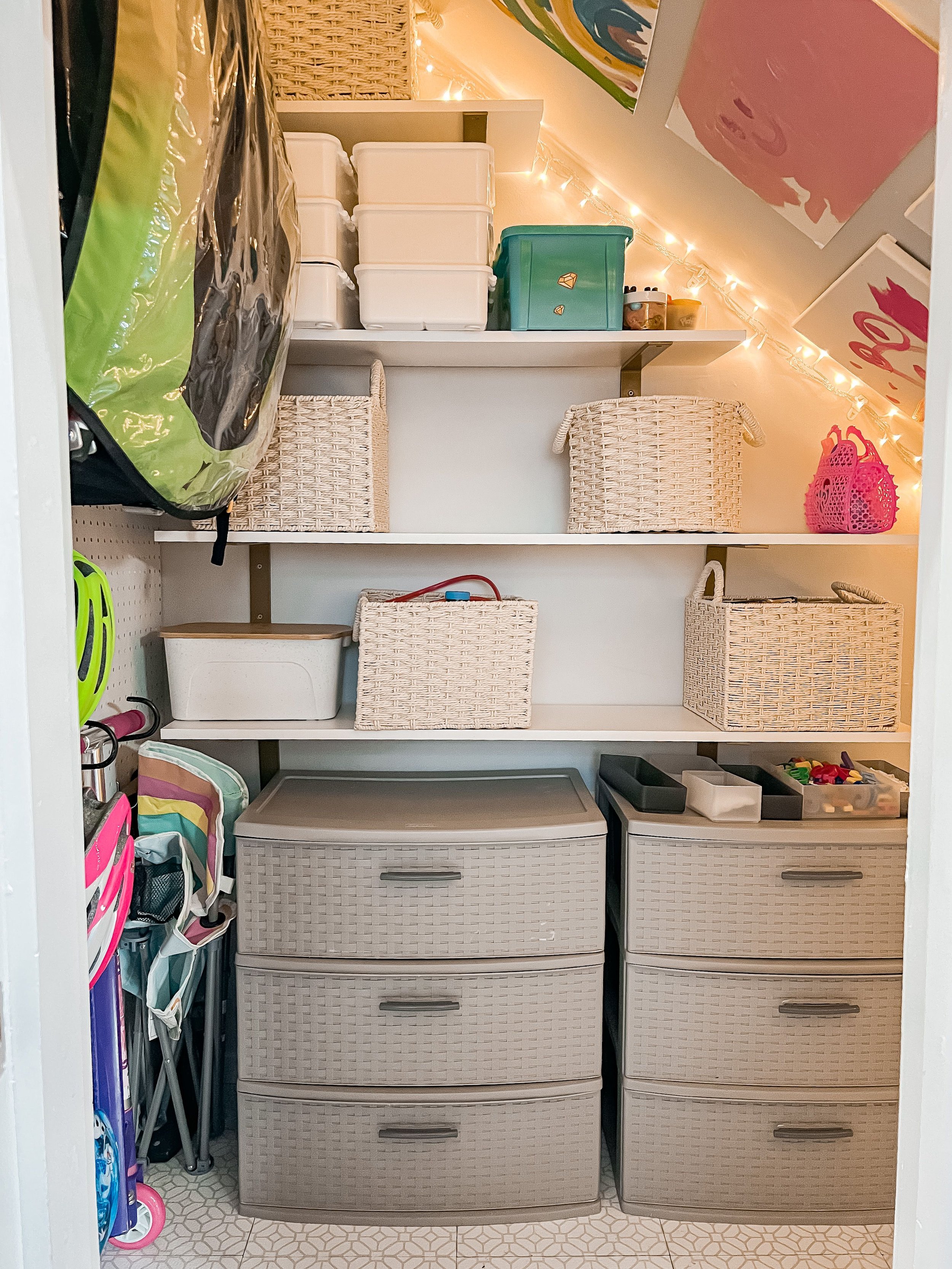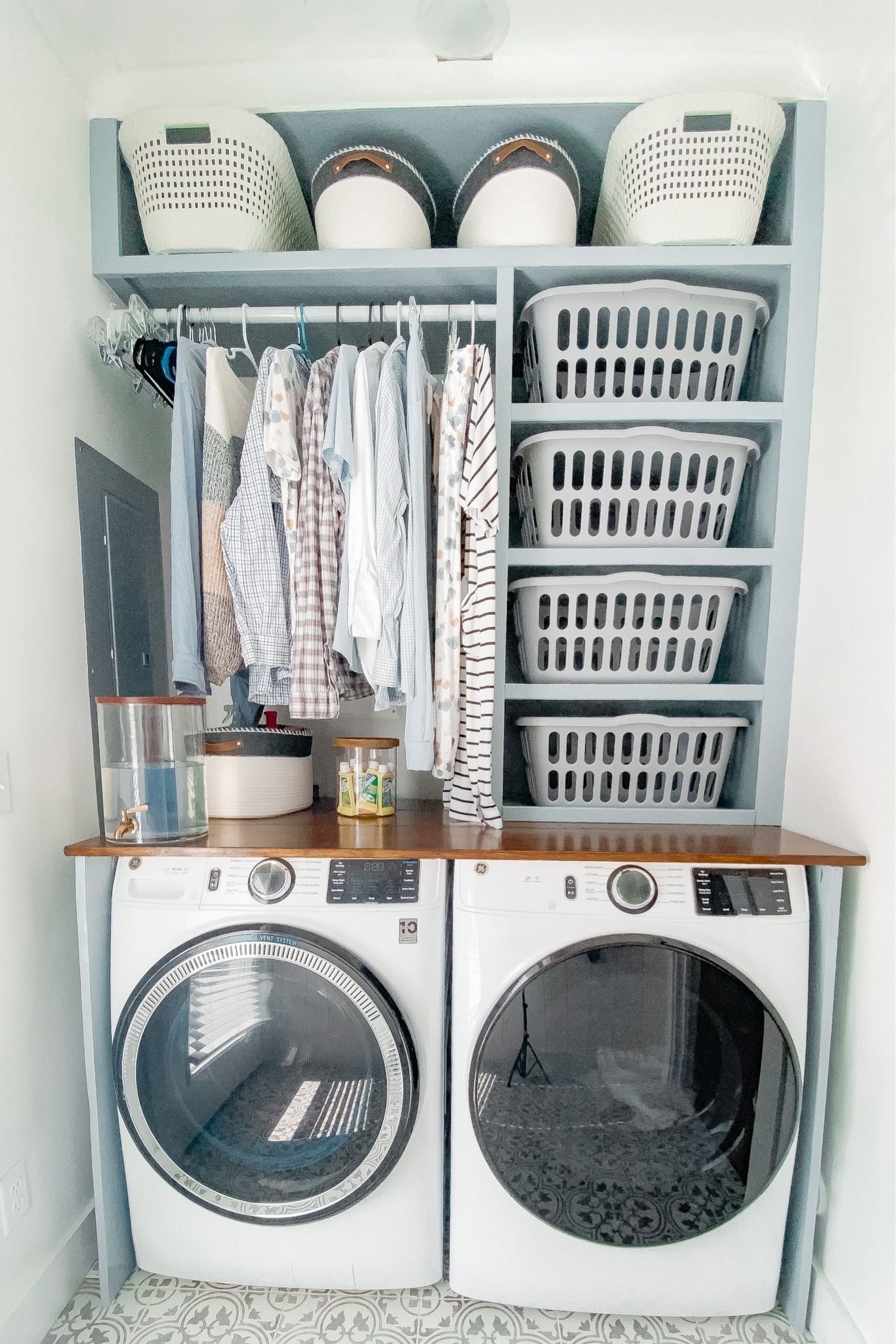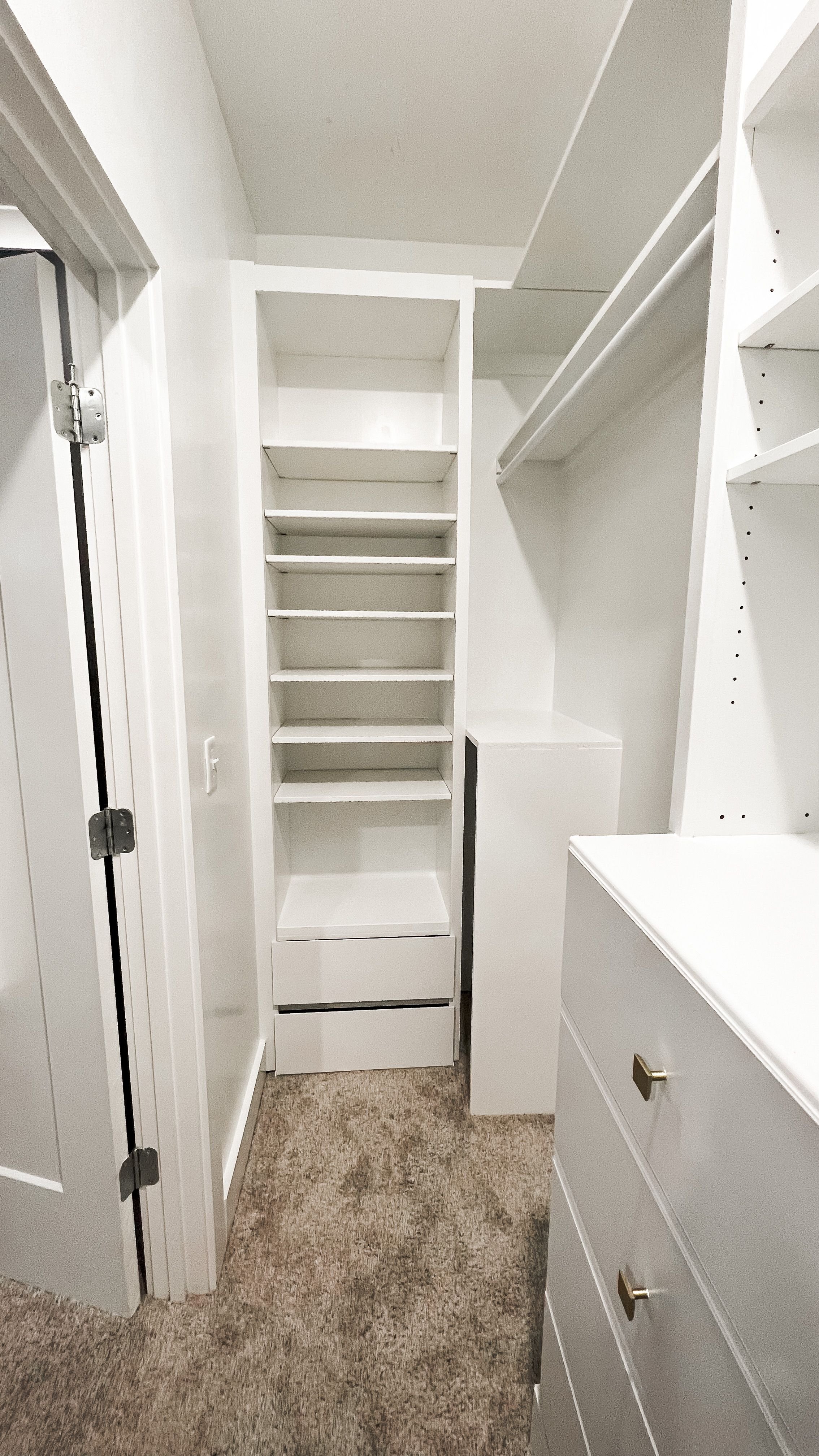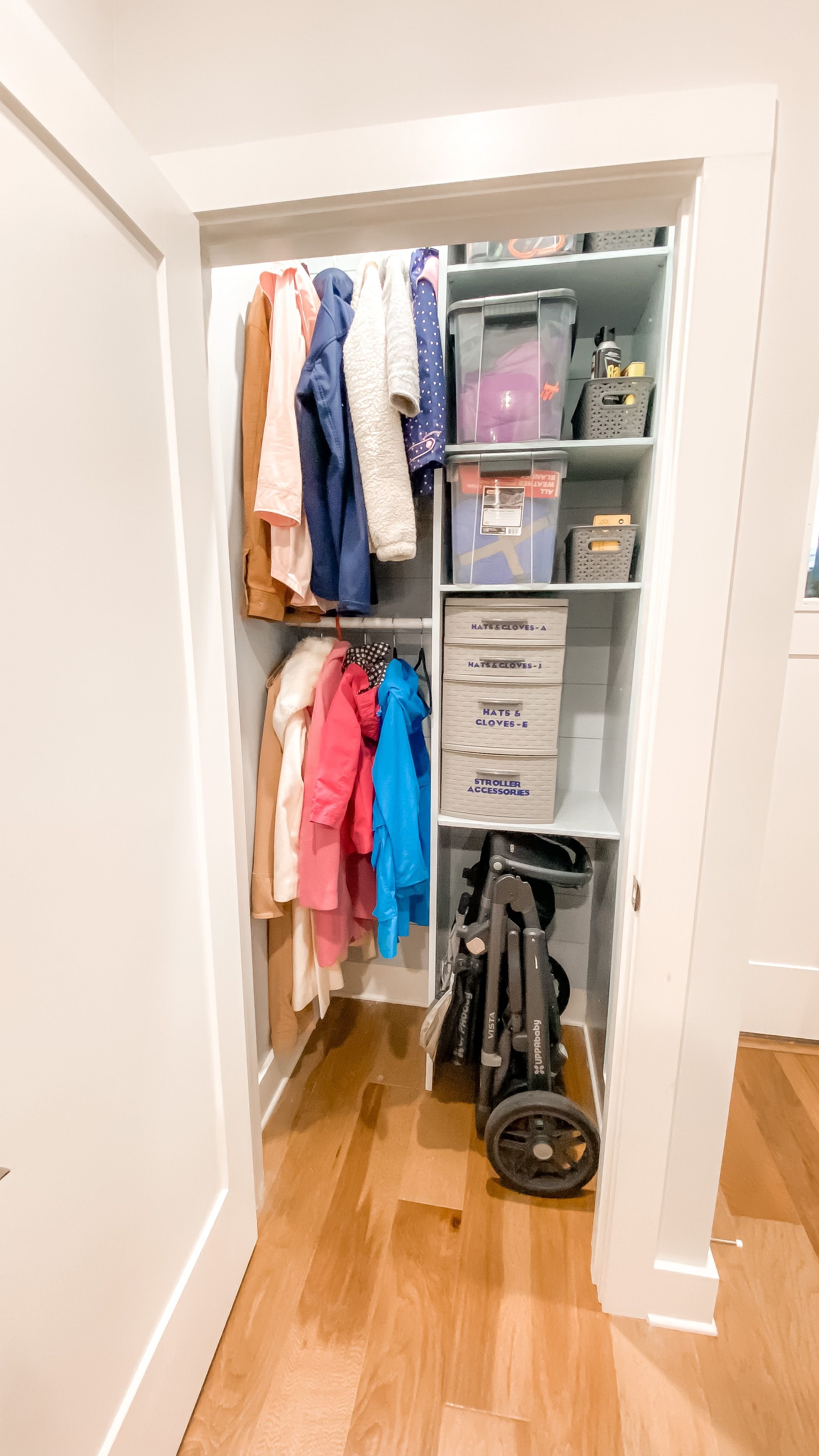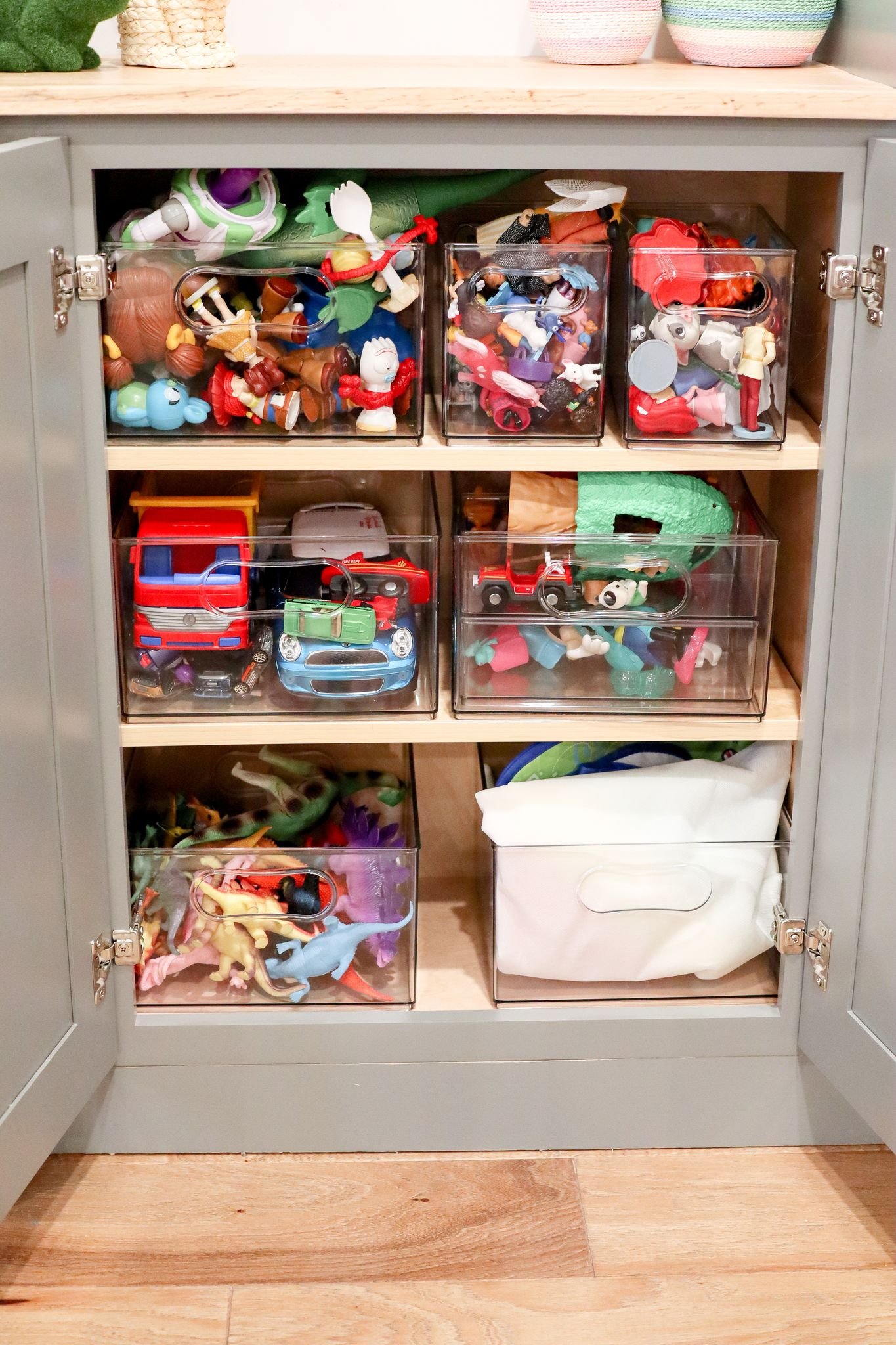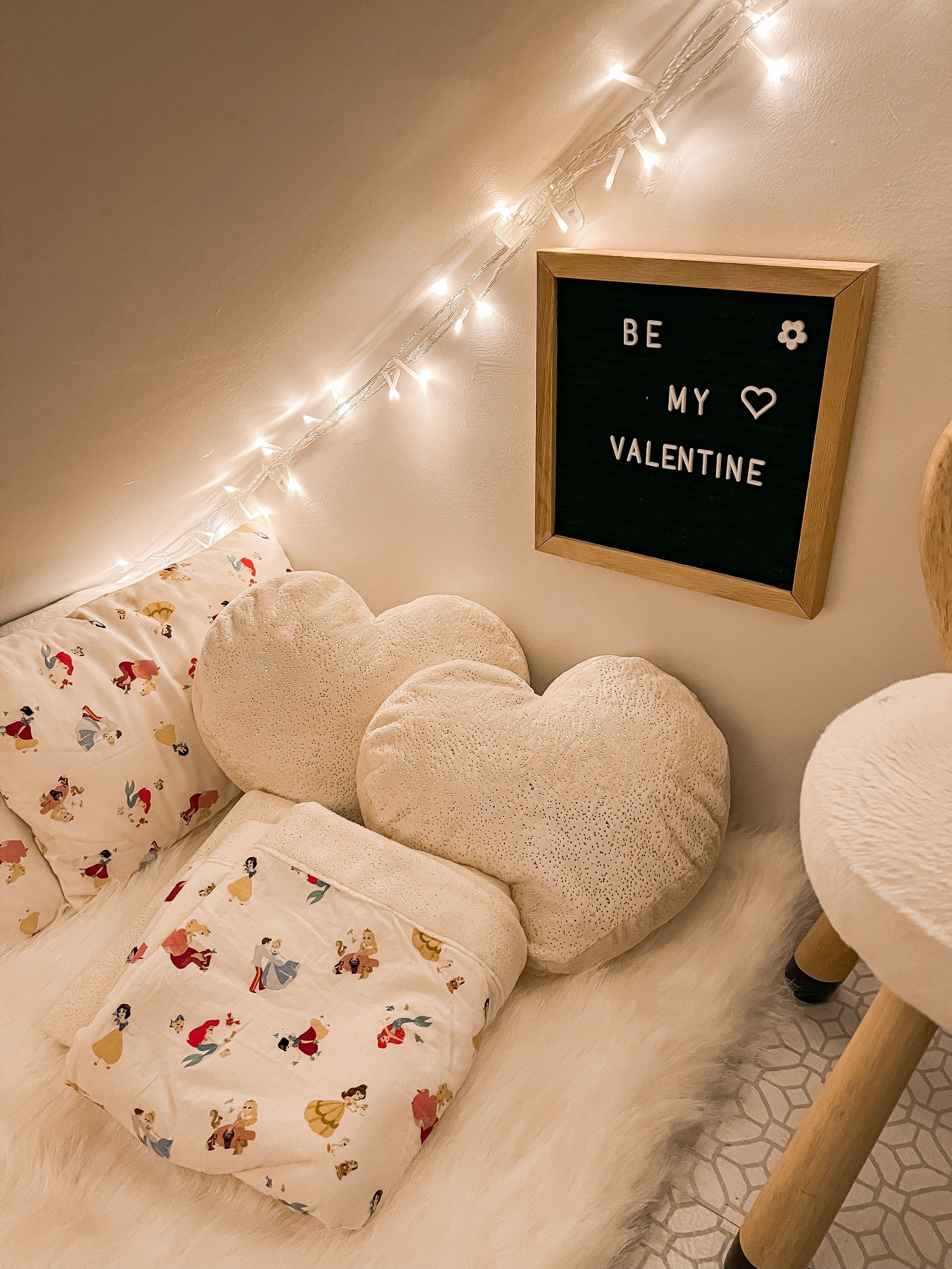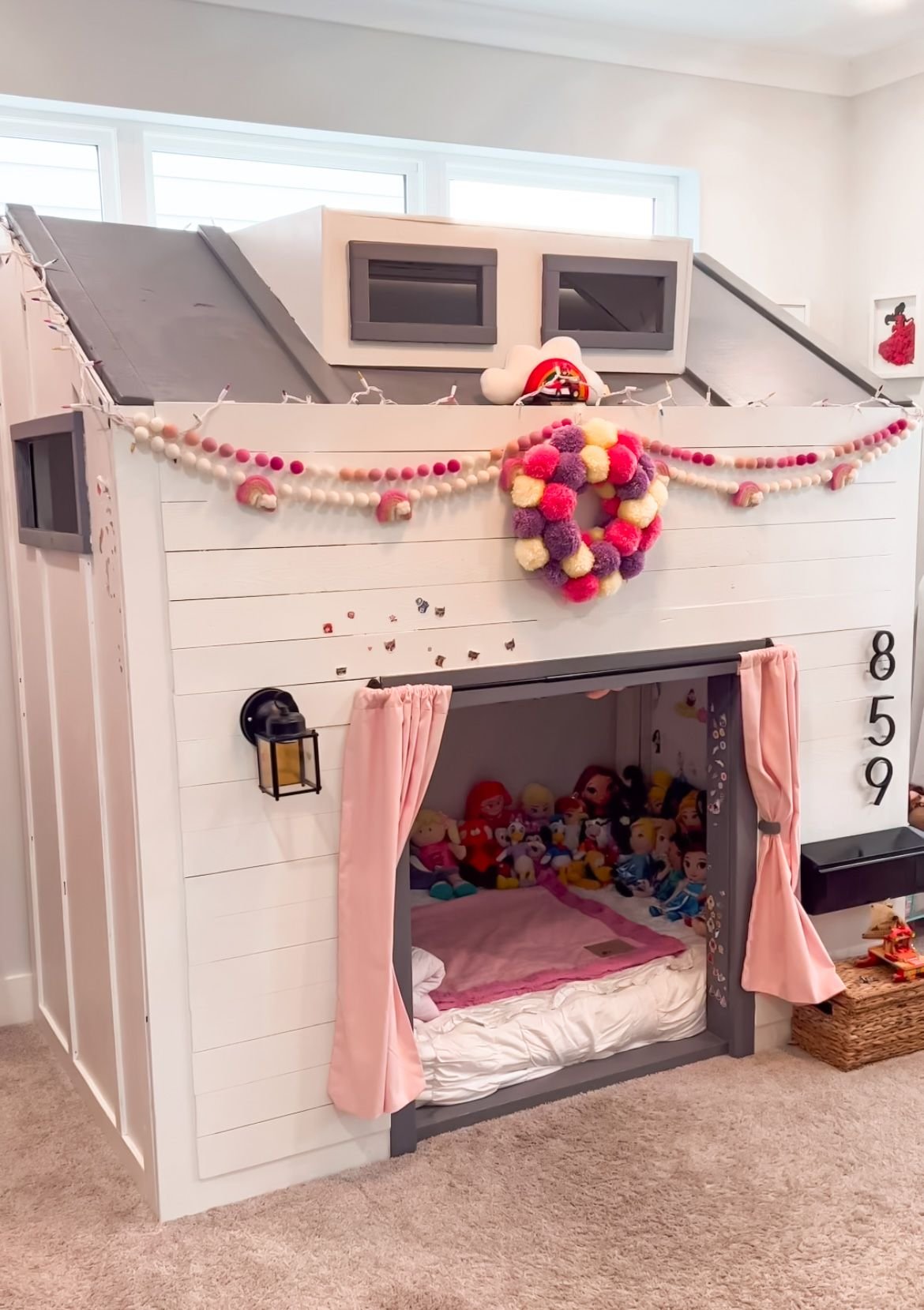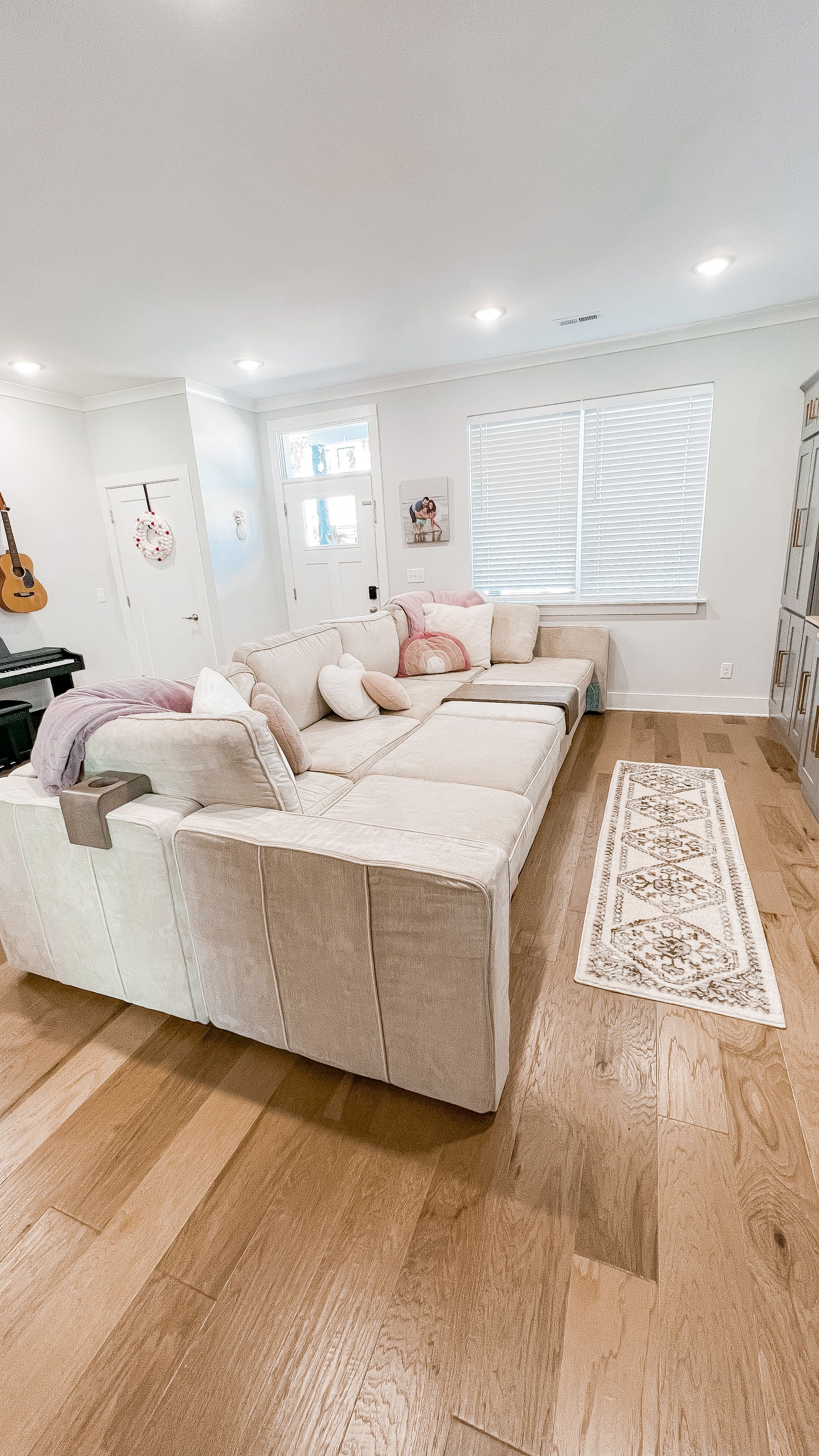5 Ways to Create a More Neurodivergent Accessible Home
As you know we have individuals with autism, anxiety and ADHD in our home. I want to share 5 tips on how we make our very neurodivergent home more safe, accessible and healthy.
5 Ways to Create a More Neurodivergent Accessible Home | Adding Functional Storage
I know that we, specifically those of us with who have ADHD, have a problem with dumping piles. If there's an open space, we will dump stuff in it all the time. Removing the temptation to dump things by adding functional storage is so helpful for our productivity. For example, we originally had a 9 foot long bar in our kitchen and we didn't use all of it. I took most of the bar and turned it into shelving so we could use with bins that had designated purposes for them in instead.
I also did this in my daughter's room. She had a smaller bookshelf with some baskets on it, and it was quickly running out of space. I installed built-in bookshelves and kept everything open so that she can see and access everything.
5 Ways to Create a More Neurodivergent Accessible Home | Replacing Aesthetic with Functional
I personally love things that look sleek and minimal for design. However, sometimes my aesthetic preferences don't match up with our needs. This was the case for our shoe storage. When I redid our downstairs I knew I needed to revamp it. I built this far less aesthetically pleasing but so much more functional shoe storage and it has been a game changer. We all know where our shoes are and more importantly, we all know where they go when we get in the house.
Another example of replacing aesthetic storage for functional storage is my daughter's craft cart next to her spot at our table. She loves to create art, but I was finding art supplies everywhere and it was driving me nuts. Instead removing her art supplies all together, I put this hanging file box on the wall to hang all of her art and it's perfect.
5 Ways to Create a More Neurodivergent Accessible Home | Utilize ALL of the Space
This might be the most difficult out of all of the tips, but it is really, really helpful in my experience. For example, in our laundry room we have 9 ft. ceilings and the only thing that was in our laundry room originally was one wire shelf. It was just not taking advantage of all the space. I built a laundry basket tower and shelving which takes advantage of all of the space floor to ceiling.
I recently did the same thing in our primary closet. When we first moved in, there were just two sets of wire shelves all the way around. It REALLY did not take advantage of the entire space floor to ceiling. I built in a closet system to take advantage of every single nook and cranny possible. I also added shelves and two hanging rods in our front storage closet and it's so much more functional now.
5 Ways to Create a More Neurodivergent Accessible Home | Clear Bins and Labels
I have a lot of open shelving in my house which is great, but sometimes that's not practical for every space. For the built-ins in our family room, I wanted to have cabinets. In those cabinets, I organized things inside with clear storage bins, which allows our family to open the doors and see what's inside every cabinet. Any storage items I have that aren't clear I make sure to label. This is super helpful so we are able find things easily while also knowing where everything goes which makes clean up SO much easier.
5 Ways to Create a More Neurodivergent Accessible Home | Create Safe Spaces to Decompress
Having safe spaces to decompress is probably the most important tip. It's so important to have somewhere where we can un-mask, stim, and just feel 100% comfortable. We have a cozy closet under the stairs where our daughter has her own special place. I've tried really hard to also make her entire room a safe place for her, but her house bed is especially a safe place for her. She loves going in there when she needs to calm down or decompress. She even has curtains on the windows so that she can really close herself in.
I also try to do the same thing in our bedroom. It doubles as an office for my husband, so it's really important that this is a calm and happy place for us when he's not working. Our family room area on the main floor is a cozy and safe place we can all be together and feel safe and decompress and just be happy individually or as a family. I hope these tips can help you to make your home more neurodivergent friendly too. You can shop everything I use below.




